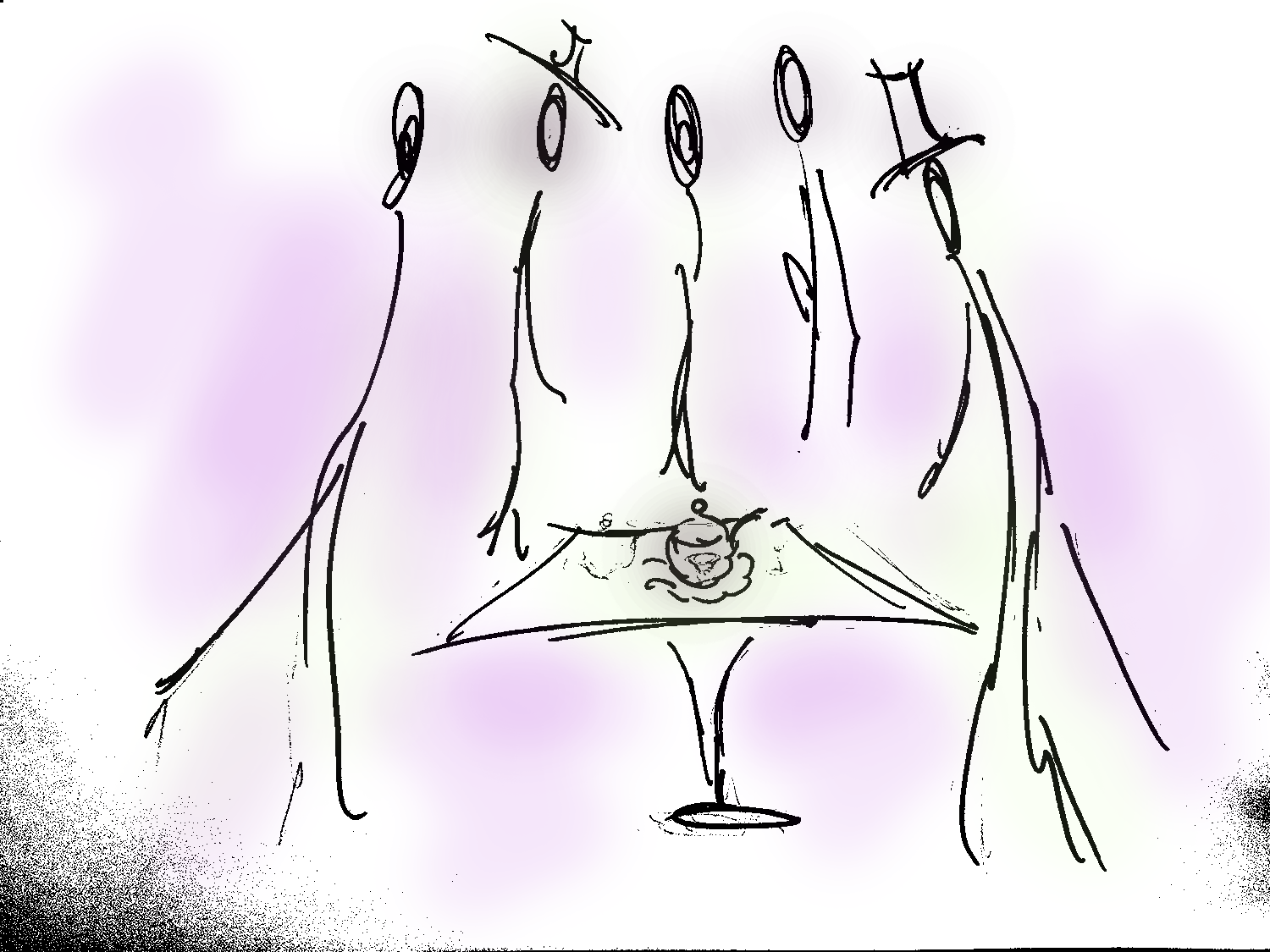This article I originally wrote for German bar magazine mixology.eu and was published in October 2015. Below is my own translation, published with permission of mixology.eu.
Tea is not only the figurehead of the temperance movement, it is also a complex, aromatic product, and as such an interesting ingredient for us bartenders. Here I present five cocktails for both the tea house and the cocktail bar.
It’s Friday evening, people are flocking to the bar three rows deep. People are shouting their orders: Someone orders a Penicillin and two Sazeracs, another one four Hemingways and a Seelbach. What’s not to love about this?
In the corner in the back, however, a young couple, still enveloped in their raincoats, is lurking around an occupied table. We’ll order as soon as we’ve taken our seats, they say; and indeed, no later than the guests at that table ask for the check they move in. No time to finish your drinks, this is our table now.
Observing this I wonder how such rudeness is justified. I convince myself how they are merely thoroughly thrilled about Corpse Reviver variations, how they value our craft more than petty politeness. But my dream was not meant to last. Wipe the table! Lemon-verbena tea! And mint tea! With milk! And sugar!, they say as if it were the most natural thing to ask for on a weekend night. For a brief moment I’m genuinely wondering myself why in my bar we only offer black tea.

Yes, tea is a difficult friend, and it certainly does not have the best of reputations in bar. However, within tea lies a whole world of aromas, ranging from chrystanthemum, nuts and hay to honey, peach and resin to oysters, summer rain and forest soil. Often, tea can take on a similar position as bitters in a cocktail. Tea provides depth and establishes balance.
Prelude: Tea training in three sentences
Every tea is made from the same plant, of which there are, similar to grapes, many vastly different cultivars. The different kinds of tea are created by different production methods. For example, for Japanese green tea, the leaves are plucked, steamed, rolled and dried, while for white tea the harvest is merely withered in the sun and then dried.
For a more thorough introduction to tea, check out my tea primer.
1) The Japanese Game: Speak Low
The Japanese tea ceremony is a fascinating matter: Tea leaves are ground into a fine powder (matcha), mixed with water and then consumed. The tea has a strong umami taste, and the whole shebang tastes a bit like chicken broth and hay.
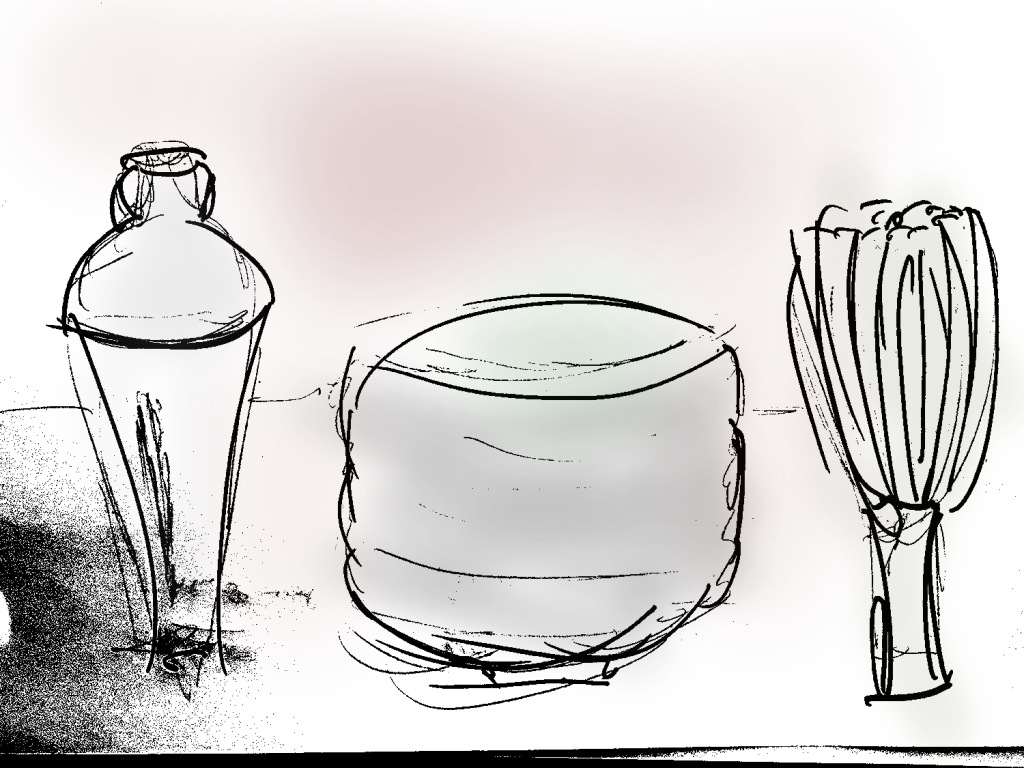
Now, someone managed to create a cocktail featuring this very matcha as an ingredient: Shingo Gokan won the 2012 Bacardi Legacy competition with the simplistic combination of rum, PX sherry and this matcha. 2012 were the days when Japanese bartending reigned high, and you can’t get more Japanese than his drink: First, mix the ingredients with a bamboo broom in a tea bowl, then perform the legendary hard shake, serve on a hand-carved ice sphere and garnish with yuzu zest.


- 50 ml Bacardi 8
- 15 ml PX sherry
- Half a bar spoon of matcha powder
- Shake, fine-strain onto big ice cube in tumbler. Optionally, spray and garnish with mandarin zest.
2) Cold Tea Punch by Jerry Thomas
It is remarkable how little attention tea gets in the bar world, seeing that the famous Jerry Thomas himself begins his famous How To Mix Drinks with the following advice: “To make punch of any sort in perfection, using tea instead of water is the grand secret”. And David Wondrich joins in: The tea punch was the Vodka and Red Bull of the days of yore because of its high caffeine content.
In the recipe below the tea has a critical role: To dilute the drink in terms of alcohol strength, but not in terms of flavour.
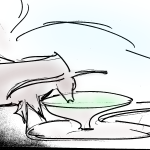

- 300 ml VSOP Cognac
- 300 ml light, aged rum
- 100 gr white sugar mixed with the zest of one lemon to make Oleo Saccharum
- 50 ml lemon juice
- 700 ml green tea (Long Jing or Ding Gu Da Fang)
- Dissolve Oleo Saccharum in tea, then add remaining ingredients and chill. Serve on the rocks.
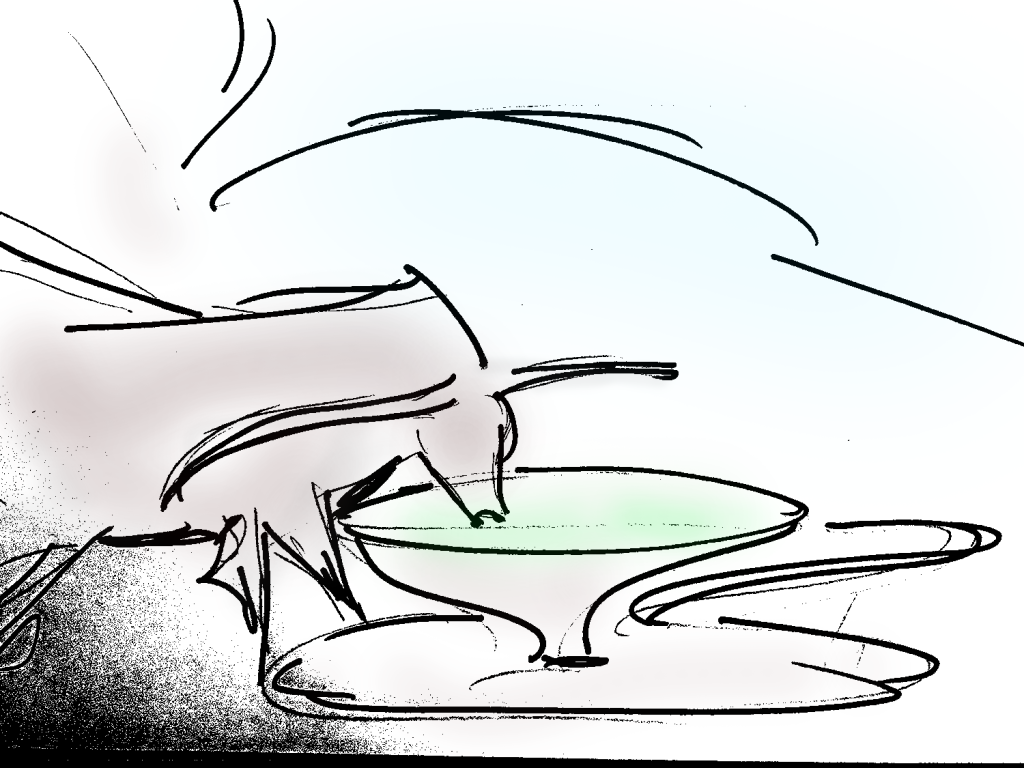
For the brew you steep 20 gr of leaves in 700 ml of 80°C water for 4m. This is the expensive, but easy way. Depending on the quality of the tea, though, you can also brew them up to five times in smaller proportions to get the same amount of brew.
After this, the actual preparation of the punch is quite simple: Mix sugar and lemon zest and wait for a few hours to coax the oils from the zest. Add warm tea to dissolve the sugar, then the remaining ingredients. Chill, bottle if needed, and serve on the rocks.
3) Herbal infusions and the Madeliefje
Apart from the various variants of the tea plant there are many other herbs, fruits and leafy matter that can be steeped in hot water. Technically, this is not tea, but tisane or herbal infusion; but maybe you can resist the temptation to counter every order for a rose hip tea with a lecture on the correct nomenclature of hot beverages. If someone places an order like this, the problem lies much deeper anyway.
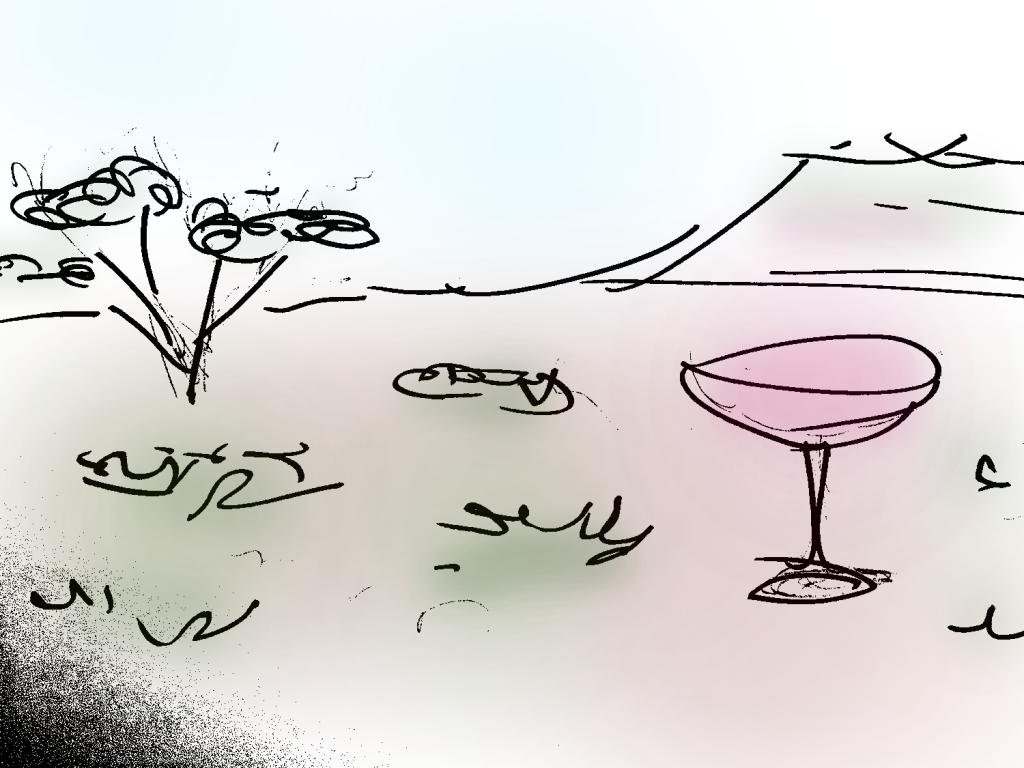
Be that as it may, rooibos is such a plant that can be used like a tea and yields an earthy, fruity brew. The following drink uses jenever to pay tribute to the fact that rooibos was first introduced in Europa because of the Dutch seafarers in the 18th century. The fruity-earthy interaction between the jenever and rooibos is the highlight of the drink, and is further amplified by the use of grenadine.
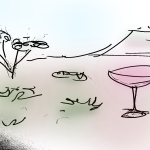

- 40 ml Oude jenever (Bols Genever)
- 30 ml lemon juice
- 20 ml Pomegranate syrup
- 1 bar spoon of rooibos tisane
- Infuse rooibos in jenever for 5m, then strain. Shake with the remaining ingredients, then strain into chilled coupette. Garnish with lime zest for colour contrast.
This drink is a good example for how you can use tea in the bar without much preparation. Alcohol is quite happy to acquire aromas, and tea is quite keen on deliver its aromas; so it often doesn’t take more than a few minutes to add a new dimension to a spirit.
4) Reverend Palmer

Greater minds have thought about this topic of tea and the bar already. In his PDT Cocktail Book, Don Lee presented a drink with black tea infused straight small batch Bourbon. That was in 2007, when it was already normal to feature ten-syllable ingredients on the menu. Lee suggests to use Sri Lankan black tea – however, this is not necessarily the most interesting choice. Reverend Palmer is meant to be a summer drink, and with the peach aromas that are so common in Bourbons, it makes sense to pick a fruitier black tea. There are exceptional black teas from Wu Liang Shan mountain in Yunnan, or a good Qimen from Anhui will work well, too.


- 50 ml well-aged Bourbon, infused with black tea
- 10 ml lemon syrup
- 1 dash Angostura bitters
- Stir, and serve on the rocks on a tumbler. Garnish with lemon zest.
5) Closing Credits: Iced Tea, proper
Let’s go back to the situation at the beginning of this article. Sometimes there are situations where alcohol is not an option. Now you can either throw together all the juices in the bar and garnish with a pineapple wedge. Or you can do something proper. A proper iced tea is a wonderful thing, and is definitely worth the effort.
Unfortunately, these days iced tea means a mix of HFCS, citric acid, lemon juice concentrate, sodium hexametaphosphate, aromas, tea twigs, phosphoric acid, potassium sorbate, acesulfame potassium and ethylenediaminetetraacetic acid. (I kid you not, this I copied from the label of a popular iced tea brand.) That’s a lot of stuff for a drink that is supposed to be water and tea only. If you take real tea, then actually you need nothing more, no additives, no lemon juice, no sugar. With this you can even cater to the very specific audience of Vodka Lime Soda connoisseurs.
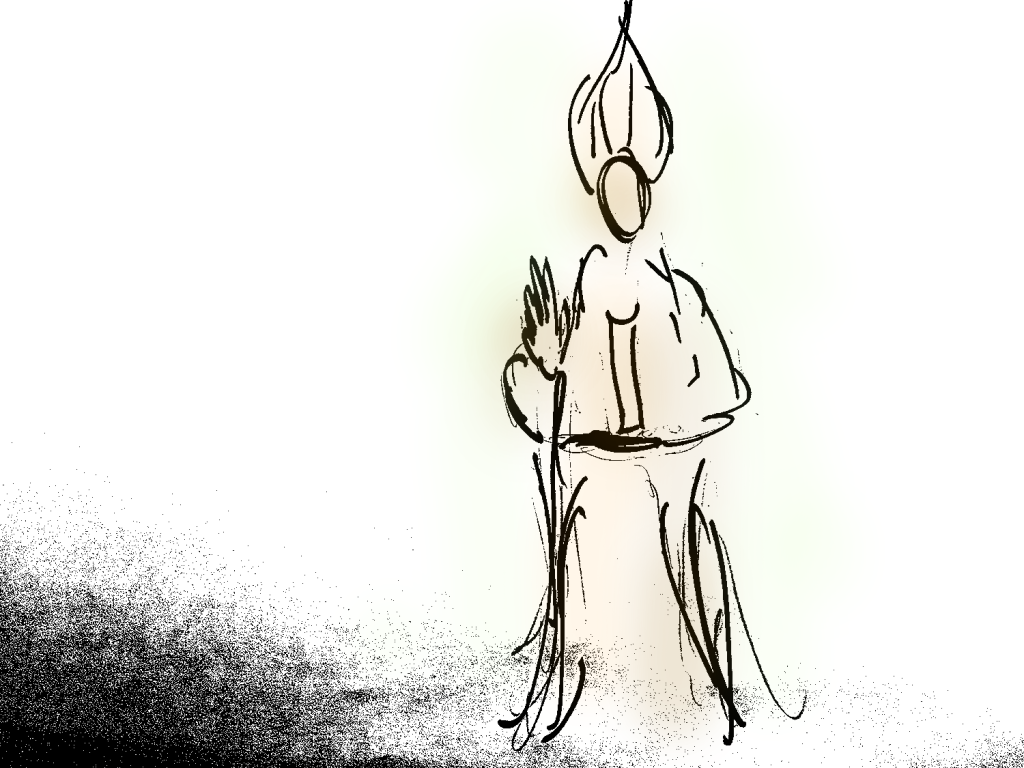
Oolong is the tea for this endeavour, it usually has good minerality paired with fruity aromas like mandarin, peach and orchids. A good candidate for our iced tea is a roasted Tie Guan Yin. Note that these days many tea farmers produce low oxidised Tie Guan Yin to give it a shallower, greener taste. It is definitely worth the effort to find a traditionally produced Tie Guan Yin. An alternative would be Da Hong Pao, if you can find a reasonably priced one.


- 5 gr oolong
- 500 ml cold water
- Infuse for 8h in the fridge. The leaves can be used for a second infusion.
On the hunt for good tea
To find proper tea is not easy, and there is much deception, cheating and mislabelling in the world of tea. Especially when you’re dealing with prestigious teas. The best orientation is your own nose, often it’s possible to try the tea in the tea store before purchase. A good indication for a good tea is the clarity of taste; teas with production errors will often taste muddy.
The best way to store tea is in the aluminium bags in which they are sold. These you can then put into tea tins for prettier presentation. They prefer to be stored in dark, cool spots that are free of smell. Matcha, on the other hand, belongs in the fridge, because it starts to lose its rich umami taste rather quickly.
In Zurich, I advice everyone to visit Shui Tang. Miss Chou is an inspiration and one of the most knowledgeable persons in Europe when it comes to oolong. In Cologne I recommend the Teehaus Köln; and for readers from Freiburg interested in the Japanese tea ceremony, I suggest a visit at the Teeseminar.
